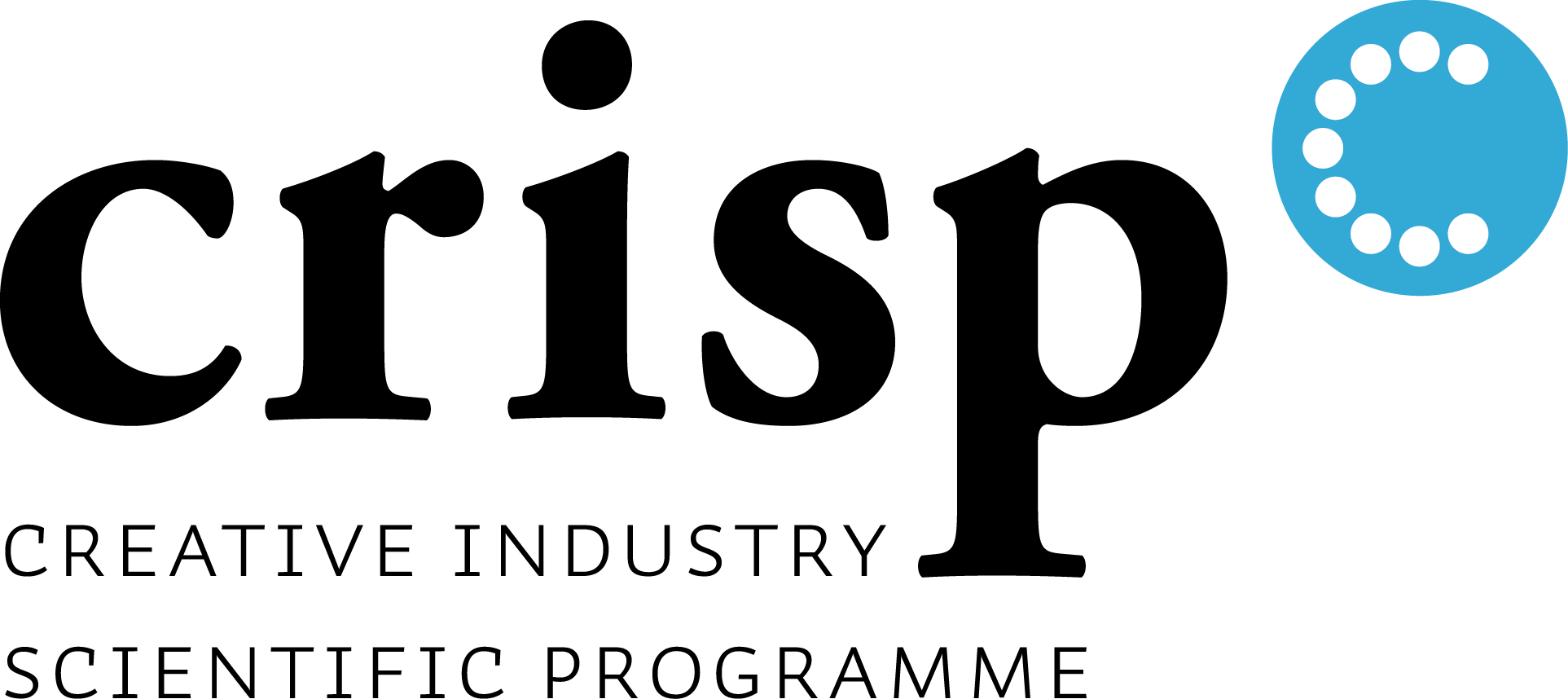 Dynamic Gubbar System
Dynamic Gubbar System
Support tool for exercises in disaster management logistics
The goal of disaster management is to deploy the scarce amount of resources as effectively as possible. Exercises are needed, because disasters occur seldom while the logistical chain of disaster management is very complex. Currently the two most important support tools for these are EmergoTrain System (from Swedish institute KMC of the Linköping University) and ISEE (from Dutch company XVR simulation, formerly known as E-Semble). Experts envision that combining the best from these two methods will result in a superb support tool. Therefore the following graduation assignment was written and executed within XVR simulation: “Design a commercially viable product to combine the best of EmergoTrain System and ISEE in one exercise. This product should make disaster management training and exercises more effective.“ This graduation project led to the design of the Dynamic Gubbar System (DGS). Gubbe is Swedish for “little old grandpa” (plural: gubbar). All over the world, the paper puppets used in EmergoTrain System are called “gubbar”. As DGS is based on EmergoTrain, but offers dynamic vital signs, the word gubbar is included in the product name.
The product design is documented in a thesis, in detailed technical drawings and in detailed functional specs. DGS is targeted to train the silver and gold command levels (e.g. paramedics and coordinating hospital staff at tactical and strategic level). The system consists of paper resource puppets and electronic patient devices which are placed on vertical whiteboards and which are wirelessly connected with a server. The patient devices come in an iPod Touch version and in a custom made version.
The whiteboards simulate locations during a disaster (e.g. disaster scene and hospital wards). Students coordinate these whiteboards by playing with the patients and resources on their whiteboards, thereby simulating disaster management procedures. All user-inputs run via the patient device’s touch screens. Extra computers are included in the system for instructors and students. Vital signs of patients are dynamic. They change over time or when correct treatments are executed on them. Important data is logged on the server and is accessible for instructors during the exercise and after action review.
Participants of a prototype test state that DGS offers clear overviews and intuitive interfaces. They argue that the prototype test exercise, executed during a medical incident commander course, was a success. Because of the computer based support, instructors can spend their time most effectively on students.
Steven van Campen
stevenvcampen@yahoo.com
De Ridder, H., Van Breemen, E. , Vikström, T. Boosman, M.
master thesis, September 2010


